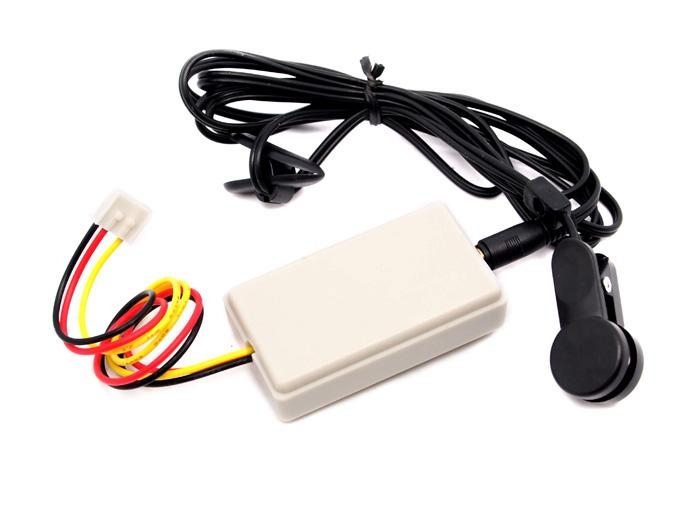Grove Ear clip Heart Rate Sensor

The Heart Rate Ear clip kit contains a ear clip and a receiver module. The heart rate measure kit can be used to monitor heart rate of patient and athlete. The result can be displayed on a screen via the serial port and can be saved for analysis. The entire system is a high sensitivity, low power consumption and portable.
Features
Low power consumption
Convenient to use
High sensitivity
Fully RoHS compliant
!!!Tip More details about Grove modules please refer to Grove System
Specifications
Item
Min
Typical
Max
Unit
Voltage
3.0
5.0
5.25
V
Work Current
6.5
mA
Length of ear clip wire
120
cm
Measures Range
≥30/min
-
Application Ideas
Heart rate monitor.
Platforms Supported
Usage
The following sketch demonstrates a simple application of using the Ear-clip Heart Rate Sensor to measure heart rate.
Connect this module to the digital port D2 on Grove-Base shield. And connect Grove-LED to Digital port 4.
Plug the Base Shield into Arduino/Seeeduino.

Copy and paste code below to a new Arduino sketch.
Upload the code.
Make sure the sensor contacts your ear skin. This is the signal when we are measuring the heart rate:


In the first of the figures, which is a waveform diagram of the detected heartbeat, a high pulse comes when beating.
Note If the serial monitor return an error message, please change the position of the sensor.
Resources
Last updated
Was this helpful?